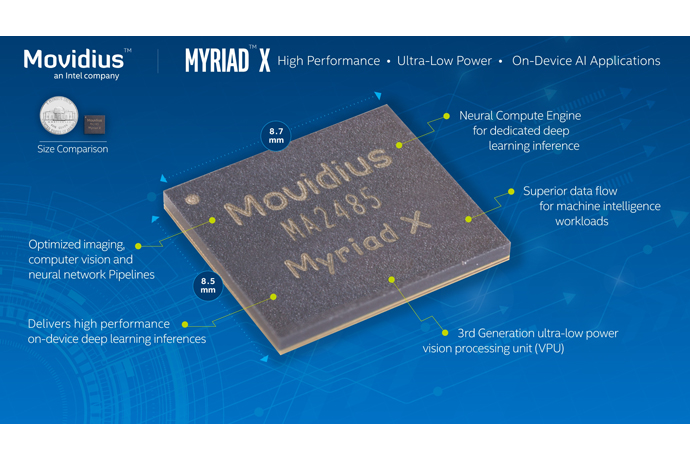NextPlatform estimates Google has double TPU3 chip performance and dense racks
Google announced the TPU 3.0 AI coprocessor and said it is 8 times faster than the TPUv2. Above – Pods: TPUv2 (top) and TPUv3 (bottom) Photos of the full TPUv3 pod show Google scaled its next-generation pods: There are twice as many racks per pod There are twice as many Cloud TPUs per rack Scaling …











